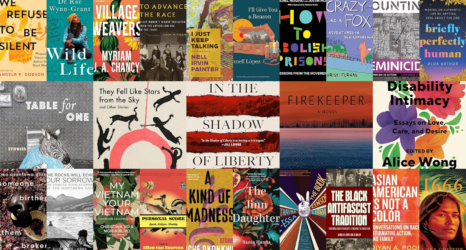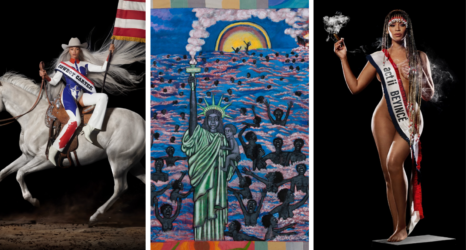We deserve nice things. And when I say “we,” I don’t just mean middle-class white women masquerading as universal symbols of lesbian love. I mean all of us—even the biracial kids who surely want more than to be plot devices in someone else’s story.
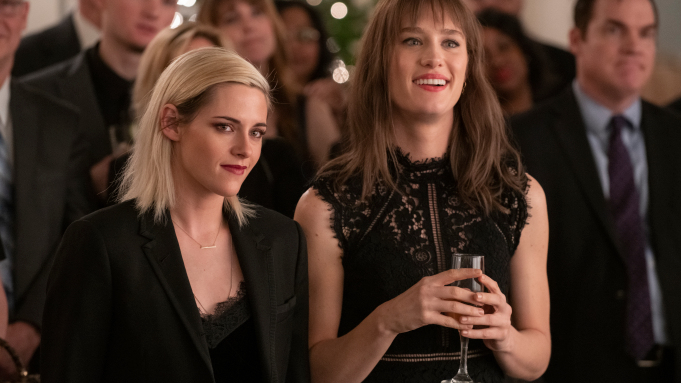
The first queer film I saw in a movie theater was Jamie Babbit’s But I’m a Cheerleader (1999). I was staying in New York City for the summer, living alone for the first time and attending a film production course at New York University’s Tisch School of the Arts. I was sixteen. I felt both very grown up and very young.
A year before, I’d come out as a lesbian to my parents and most of my friends to little fanfare. I was lucky; their acceptance was one of many privileges I didn’t yet have the worldliness to recognize. Another was the fact that as a biracial girl with an African American mother and a (white) German father, I didn’t face as much overt racism as my darker skinned peers—although I still rarely felt represented in the popular media I consumed.
At NYU, alone with other students at least three years my senior, I was open about my racial background but held back my sexuality. None of the others in the class were openly queer, and so I remained closeted the entirety of my summer in the city. It made for a lonely six weeks, but I was so busy I almost didn’t notice.
When our instructor, Kelly Reichardt, showed us her haunting short Ode, which she’d recently finished, I heard echoes of myself in its tragic love story between two white boys in rural Mississippi. At the time, I only knew Reichardt, now a critically acclaimed, award-winning film director (Wendy and Lucy, 2008; Meek’s Cutoff, 2010; First Cow, 2019, among others), as my teacher, but I was impressed nonetheless by the beauty of Ode—even while my heart sank at yet another sad tale about teens who were somewhat like me.
In this atmosphere, a lighthearted, campy satire like But I’m a Cheerleader was a revelation. Finally, a film where the queer teens end up happy, together and alive.
When I first heard that Clea DuVall—who stars in Cheerleader as the unrepentant lesbian teenager Graham—was making a lesbian holiday film, it immediately brought me back to my 16-year-old self. Yes, I freely admit to a teenage crush on DuVall, but also, perhaps more importantly, what her character Graham stood for: a willingness to push back against a world that was telling me that I had to change to be happy, a world that said people like me were, at best, fit to star in beautiful love stories that ended in tragedy.
Directed by DuVall and co-written by DuVall and Mary Holland (who also stars in the film as the protagonist’s quirky sister, Jane), Happiest Season, now streaming on Hulu, is also a first of its kind: a lesbian rom-com for the holidays that’s meant to be uplifting. DuVall based it on her experience of coming out to her mother at Christmas.
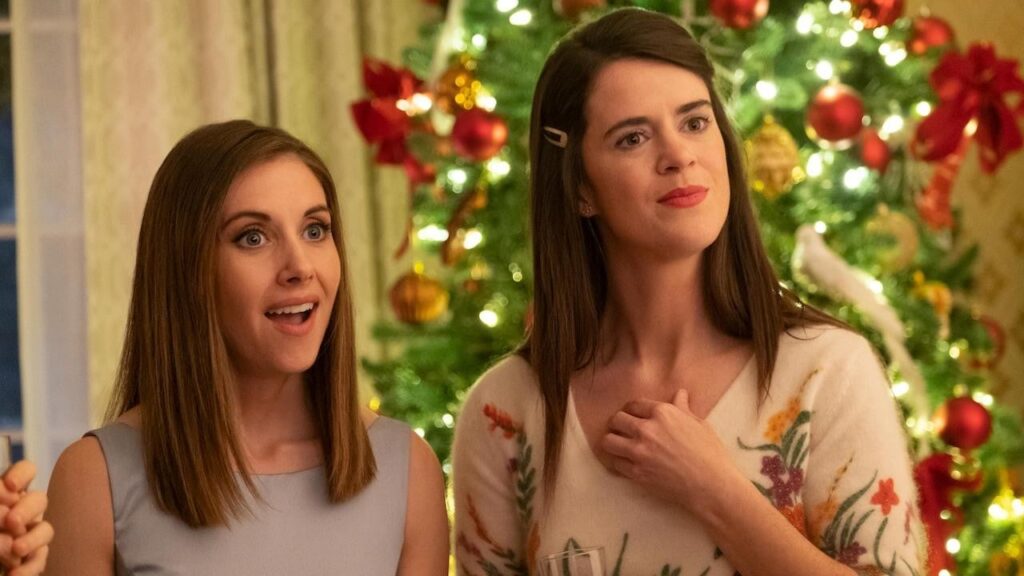
For that and other reasons, I wanted to love it, to be whisked away by holiday cheer, to feel myself represented and seen. I’m an unabashed fan of romantic comedies and a sucker for queer love stories, having spent several years as a programmer for an LGBTQ film festival and done research as an academic into representations of lesbian romance on television. I’ve co-written a lesbian romantic comedy script myself, which is currently in development. Happiest Season wasn’t just in my wheelhouse; it had the potential to be my whole boat.
On the surface, the film is what it claims to be: mostly feel-good family entertainment that plays on the conventional meet-the-parents hijinks of holiday movies in a coming out mold. It centers on Harper (Mackenzie Davis), a young woman who seems comfortable with her sexuality but hasn’t come out yet to her parents or anyone in her hometown. Her girlfriend, Abby (Kristen Stewart), hopes to use the holiday trip to propose but instead becomes collateral damage of the family’s dysfunction and Harper’s own fear and internalized homophobia.
Peel back the veneer a little and the evidence of Happiest Season’s reliance on the ever-ready open wounds that popular culture tends to lay bare in its portrayal of queer women seep to the surface. Already, a look at the film’s trailer reveals that the phrase White Christmas aptly applies, and not to the wintry weather. The only significant supporting characters of color are Harper’s brother-in-law, Eric (Burl Moseley), and the biracial twins he shares with Harper’s sister, Sloane (Alison Brie).
Their tokenistic inclusion is like a department store Christmas catalog’s idea of diversity or the exotic accessories in the artisanal gift baskets Sloane and Eric curate and sell for a living; but even more disturbing is the way Sloane’s children and husband exist simply to serve as convenient cogs in Harper and Abby’s narrative. The twins, for seemingly no reason, set into motion a particularly vexing false accusation of Abby as a delinquent troublemaker; Eric catalyzes an embarrassingly public catfight between Sloane and Harper. Neither husband nor children have motivations or personalities of their own.
Abby is unerringly sweet and steadfast through it all despite the persistent neglect from Harper and needling mistreatment from her family—long past the point most people would have gone home in order to preserve their own mental health. Here the film has a whiff of Get Out, but instead of nefarious white folks covering up their murderous bigotry with progressive-sounding microaggressions, Happiest Season offers us a town full of oblivious straight, white folks covering up their soul-crushing privilege with self-serving ideals of vain ambition and social worth. It’s easy to commiserate with Harper’s fear and struggle, but it’s much harder to forgive her trespasses against Abby, who suffers needlessly because she’s trying to preserve her love.
In a cruel twist, the movie harps on the tragedy that Abby’s own parents died when she was 19, which resulted in her dislike of Christmas. Her exclusion from Harper’s family, then, while played for laughs, resonates as heartbreaking instead. Stewart’s nuanced portrayal still manages to render these moments funny, but you can see Abby folding in on herself more and more with each slight.
When she acknowledges to her best friend John (Daniel Levy) that she struggles to understand Harper’s closeted-ness because her own parents had accepted her sexuality without issue, he tells her she was lucky to have had such loving parents. This shifts the moral responsibility to Abby, positing her “good fortune” of being brought up in an accepting household as a rationale for her loyalty to Harper despite her misery.
And conveniently, Abby’s parents are dead. If only Abby could have taken Harper home to meet her family; we might have a comedy full of love and joy and affirmation, rather than one full of derision and pain.
To be fair, Happiest Season gives us a love story between two women who show their affection freely, at least for the camera. The film does not present queerness as in and of itself a tragic state, nor proselytize about tolerance or waiting for bigoted characters to come around. The world of the film is ready for Harper and Abby’s love story; it’s only Harper and her family who are not.
What it lacks in racial diversity, Happiest Season almost makes up for in lesbian and gay inclusion, boasting two well-crafted queer supporting characters: Abby’s sympathetic and shrewdly observant best friend John (played by Levy) and Aubrey Plaza as Harper’s high school ex-girlfriend, Riley, who consoles Abby when Harper retreats into her hometown closet. Considering how much kinder Riley is to Abby than her own girlfriend, I am surely not the only viewer who wanted Abby to run off with Riley in the end.
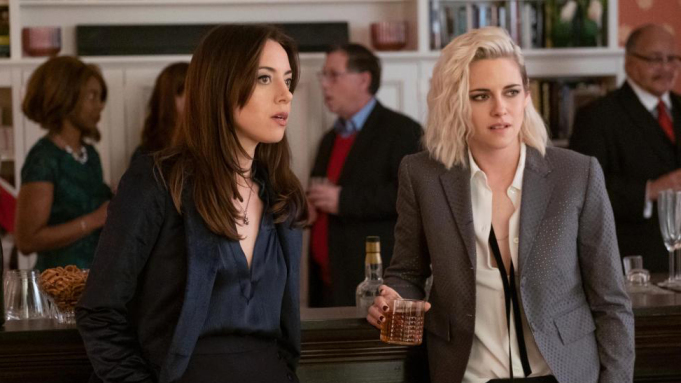
And so I continue in my impatience for a queer rom-com that includes complex main characters of color. I am impatient for an LBGTQ+ film that feels less like an exception and more like a given. And I’m no longer willing to tolerate only mainstream queer films that are trying to teach straight viewers about the difficulties of being LGBTQ+.
Am I unfair in blaming DuVall for her movie’s missed opportunities, for telling an opportunistic story that resembles the ones we’ve been told over and over for decades now?
And yet, there are still dangers and struggles for queer and trans youth and adults, particularly those who aren’t white and/or financially well-to-do, and these stories deserve airtime, too. But our lives are not all struggle all the time; we shouldn’t have to drown in it, as Harper nearly does, or accept the abuses of others’ homophobia, the way Abby must in order to salvage her relationship.
We deserve nice things. And when I say “we,” I don’t just mean middle-class white women masquerading as universal symbols of lesbian love. I mean all of us, even the biracial kids who surely want more than to be plot devices in someone else’s story.
You may also like:




